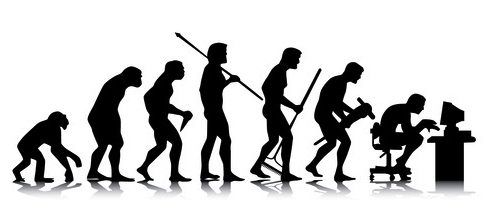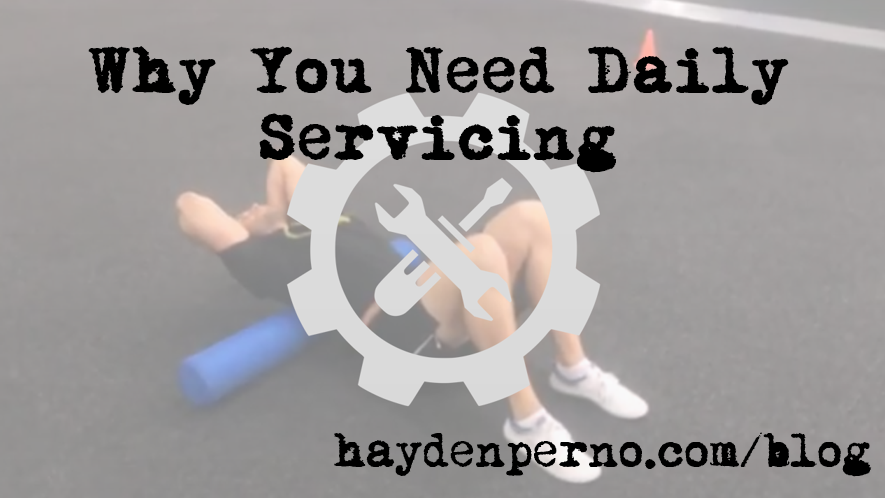Some people think that because I workout or because of the role that I’m in, I’m never stiff, sore, or in pain. Theoretically, I can understand why that is assumed. But this perception is quite far from the truth.
For one, my right knee constantly flares up on account of a less immobile right ankle compared to the left. My right hamstring is always tight thanks to the hamstring tear I inflicted upon myself a couple of years ago. My lower back is either DOMS-ed or persistently tight from deadlift day or from sitting for 8+ hours per day in class. My neck is always stiff from being choked by BAMFs in jiu-jitsu, and the list can go on and on.
Cue the world’s smallest violin, right?

No! I’m not saying this to play the sympathy card but rather to provide an insight into the reality for living and doing things that are enjoyable or in some cases, unavoidable.
If we understand that our body’s truly are temples that like to be taken care of, fed well, hydrated, exposed to enough vitamin D, exercised, serviced, then we can pay attention to the possible damage we may inflict on ourselves each day.
Why? Well, let’s face it. Most of us have some pretty terrible lifestyle habits. Lifestyles that include habits like sitting for long periods of the day, sleeping in awkward positions, standing weirdly, exercising vigorously. The type of habits that can lead to tightness, weakness, inactivation, pain. Outcomes most of us would prefer to avoid.
But while outcomes such as these are not always entirely dire or inevitable for everyone, if they do show up, they can have the tendency to disrupt certain aspects of life.

Now look, I’m not here to make you feel bad for sitting down or for leaning to one leg while you stand or even divert you from lifting those heavy weights. That would be ridiculous. Sitting, sleeping, standing, exercising, are all normal habits. Habits that one should be able to engage in. But, just like me, the reality surrounding a lifestyle like this is the stiffening, tightening, and inactivating of areas that arise and can cause grief.
You can’t expect to sit for seven or more hours per day, or sleep on a pillow that is unideal for your body type, or push your muscles to the extreme without occurrences such as this, so it’s time to learn some things. By reading on, you will do just that. Below are some of my favourite drills that I do on an almost daily basis to keep myself out of trouble. And it all comes down to a simple little step-by-step principle: release, loosen, activate.
Click here to check out my ‘3 Steps For Dealing With Tightness Protocol‘
A Couple of My Favourite Release Drills
Started from the bottom now we here. There’s nothing like a proper ball release on the foot to get the ball rolling (sorry, couldn’t resist). Below you will see the drill in action.
Probably the most boring video on YouTube.
Next, is an upper thigh and glute release drill performed on a foam roller. Simple stuff again. During this one you will want to pause on any painful/tight area and move the knee through its typical range of motion (i.e. bending and straightening).
A Couple of My Favourite Mobility Drills
Now here is one of my all-time favourite mobility drills, the hip roll.
Next up, an upper body drill.
Let’s get to some activation.
A Couple of My Favourite Activation Drills
If your body gets lazy in certain areas, then other parts of the body will have to take the load. Once they take the load for too long, then they can get upset because they’re doing work that they’re not meant for.
By activating lazy areas of the body, we can help our body get back to where it prefers.
Now, while the above is only a brief overview of some drills that can enable you to rid yourself of tight, immobile, or painful areas, it is the basics that you want to start at. If you’re after more drills, hit up my YouTube page for some ideas.
Need Some More Direction?
Need a little help with your weekly maintenance and exercise plan? I’ve recently finished university for the year and fortunately have 3 spots available in my Online Performance Coaching program. If you think you may be interested in something like this, hit the banner below.
As I like to provide the best possible service to all the people that I work with (including in-person clientele), I will only take on a small number of people. So once these 3 spots are filled, I will be closed until people finish up their program or drop off.
Hit the banner below to learn more.
Related articles
- 3 Steps For Dealing With Tightness Protocol
- Expectations vs. Reality: Injuries and Health
- Dealin’ With DOMS (Part 1)
- Learn How To Plank Properly
- A Simple Restriction
- Glutes For Days
- The Tail Tuck



